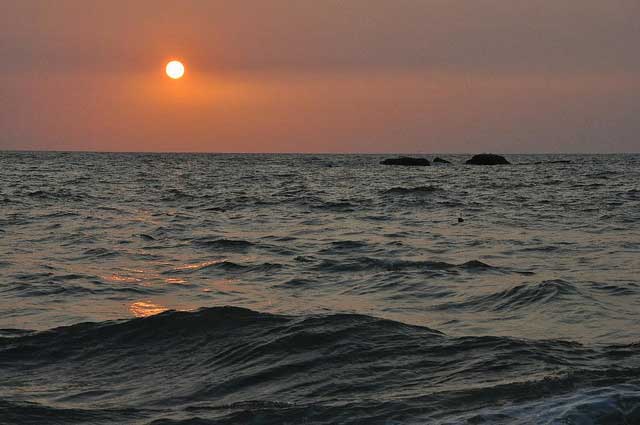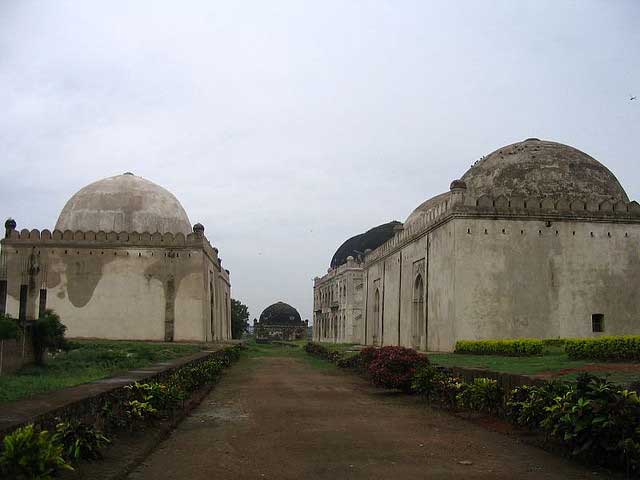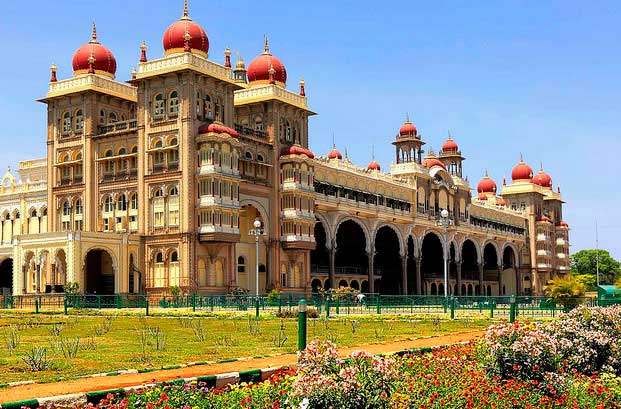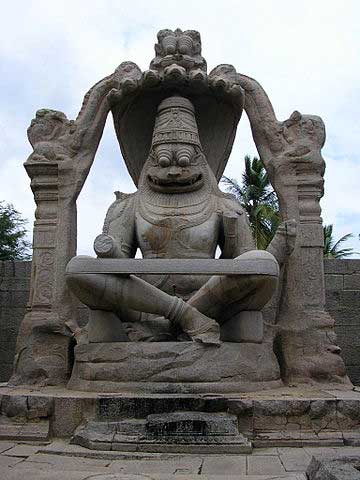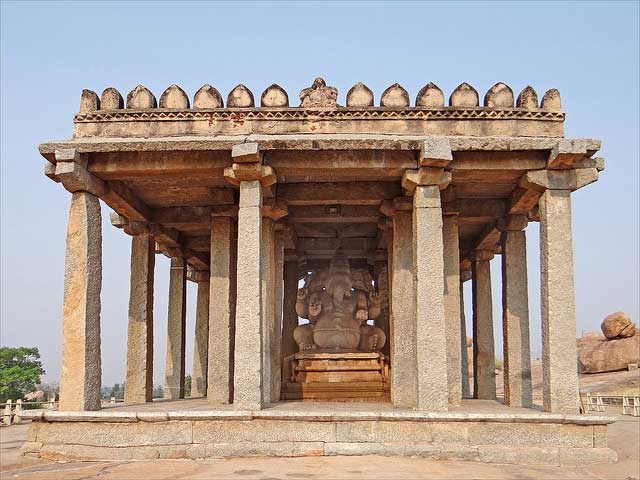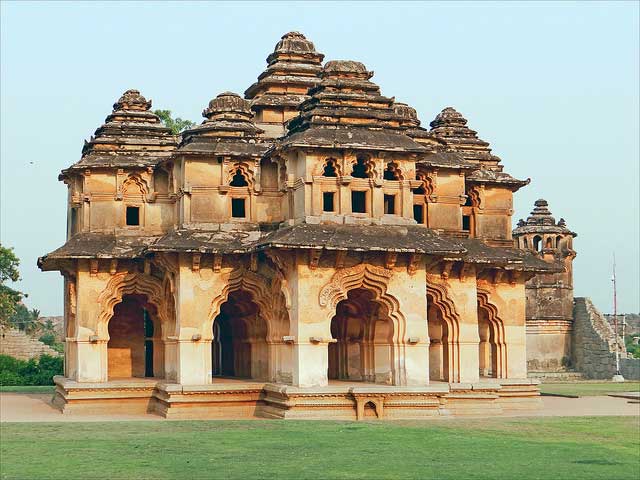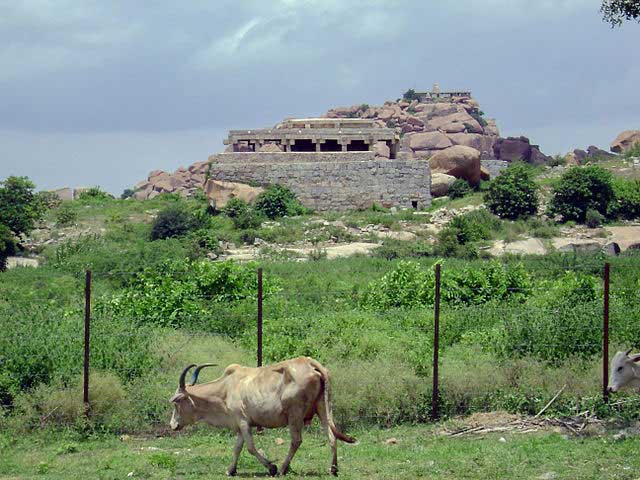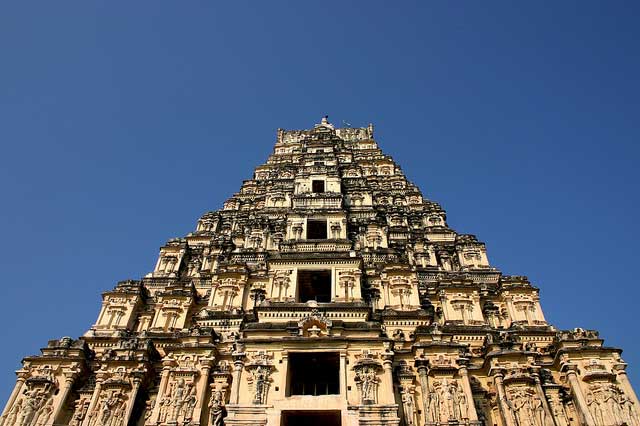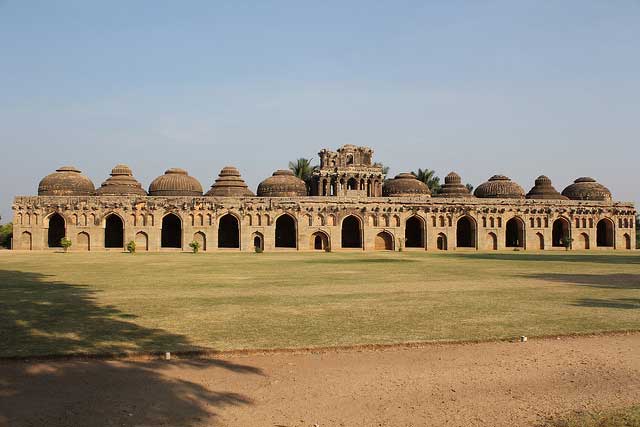One of the cleanest cities in India, Mangalore is an important business center and is known for its amazing beaches, seaports and a diverse culture. The region which contains Mangalore has been ruled by various dynasties and empires from the ancient times such as the Kadambas, Rashtrakutas, Chalukyas, Vijaynagar Empire, Portuguese and the British. The city gets its mention in the writings of the Arabian traveler Ibn Batuta in the 14th century as well. Being a historically important place Mangalore is a famous tourist attraction. Here’s the list of the best places you must visit in Mangalore.
Karnataka
Top 4 Places To Visit In Gulbarga
Recently renamed to Kalburgi, which means the stone city, Gulbarga is a popular historical town in Karnataka. The region came under conflict between the Rashtrakutas and the Chalukyas, of whom the latter took control of the area and ruled it between the 6th and the 12th centuries. Gulbarga as we know it today was founded by the Bahmani Sultans in the 14th century and was later ruled by the Nizams of Hyderabad through the 18th to the 20th century. The town is known for its various temples and tourist attractions. Here’s the list of the best places you need to visit in Gulbarga.
Top 10 Places To Visit In Karnataka
Originally known as the princely State of Mysore, Karnataka was formed on 1st November 1956 and is located in the South-Western region of India. Close to the Arabian Sea and the Laccadive Sea, Karnataka is known for its beautiful yet unpopulated beaches and rich culture. The land has also seen the reign of the ancient kingdoms of the south such as the Chola, Chera, Vijaynagar, Sathavahanas, Maurya, Hoysala and many more right upto the Mighty Tipu Sultan and subsequently the British. Kannada is the main language spoken here and picking up a few local words can often be very helpful while travelling. The state is famous for its natural, cultural and architectural heritage and there are plenty of places one can visit on his/her trip to Karnataka.
Archaeological Museum, Hampi
Built in 1972, the Archaeological Museum in Hampi houses various sculptures found in the ruins. The sculptures were originally housed in the elephant stables by the British officials before the independence of India and were later shifted in this museum. The museum has 4 galleries enclosing a model of the Vijaynagar valley with a corridor all around. The first gallery has in its display sculptures of the Saiva faith consisting of Veerabhadra, Bhairav, Bhikshatanamurti, Mahishasuramardini, Shakti, Ganesha, and Kartikeya with his consorts and Durga.
Lakshmi Narsimha, Hampi
The largest statue in Hampi, the Lakshmi Narsimha is one of the 10 avatars of Lord Vishnu. Narsimha which literally means half man half lion. The lord Narsimha is sitting on the coil of the giant 7 headed snake or the ‘sheshanaga’, the 7 heads of the snake acts as a hood on the statue, the god sits in a cross-legged Yoga position with a belt supporting the knees. The original statue contained the image of goddess Lakshmi, consort of the god, sitting on his lap.
Sasivekalu Ganesha, Hampi
This is a giant statue of the Hindu deity Lord Ganesha, it is named so as the belly of the statue is shaped like a mustard seed and Sasivekalu is the local name for a mustard seed. In Hindu mythology, Lord Ganesha is notorious for his food habits. One day he ate so much of food that his tummy was almost about to burst, so he just caught a snake and tied it around his tummy as a belt to save his tummy from bursting; hence, giving the sculpture its unique design.
Lotus Mahal, Hampi
Located inside the Zanana enclosure which was the secluded enclosure where the women of the kingdom of Vijayanagar resided, it is the highlight of that part of the ruins. The architecture is a pleasant departure from the other structures you get to see at Hampi, which is a mix of both Hindu and Islamic architecture style, The archways and the balcony with the domed construction resemble a half opened lotus bud and the lotus bud shape carved on to the centre dome as well.
Matunga Hill, Hampi
Located in the centre of Hampi and also the highest point, Matunga Hill is a must visit site if you want a panoramic view of the town and especially Vijaynagar. The hill has a historical value for the Hindus as it is named after the sage Matanga who resided here according to the Hindu mythological epic, Ramayana. You can also visit the monolithic statue of the Nandi bull located here. The north part of the hill ends at the southern banks of the Tungabhadra River where the Kodanda Ram temple is located.
Virupaksha Temple, Hampi
Dedicated to lord Shiva, Virupaksha Temple was founded in the 7th century and has been functional ever since; thus, making it one among the oldest functioning temples in India. The temple predates the Vijaynagar Empire and the structure was improved during the reign of various empires that ruled that region and especially during the Vijaynagar Empire. The main temple consists of a sanctum, three ante chambers, a pillared hall and an open pillared hall.
Elephant Stables, Hampi
As evident by the name, this long building with a row of domed chambers was the place where the royal elephants were kept. There are a total of 11 buildings with the center one being the biggest and the most decorated one. Many of these chambers were interconnected and were said to be used by the musicians during the various processions. The complete structure is symmetrical to the central dome.
The central dome is built in the architectural style like that of Indian temples, the other domes however possess an architectural style akin to the Islamic style of architecture and the domes are of alternating patterns are better preserved than the central dome. At the rear of each hall are small manhole type openings probably used by mahouts to enter and exit the halls and mount the elephants. The metal hooks used to secure the elephants are also present in the structure.

